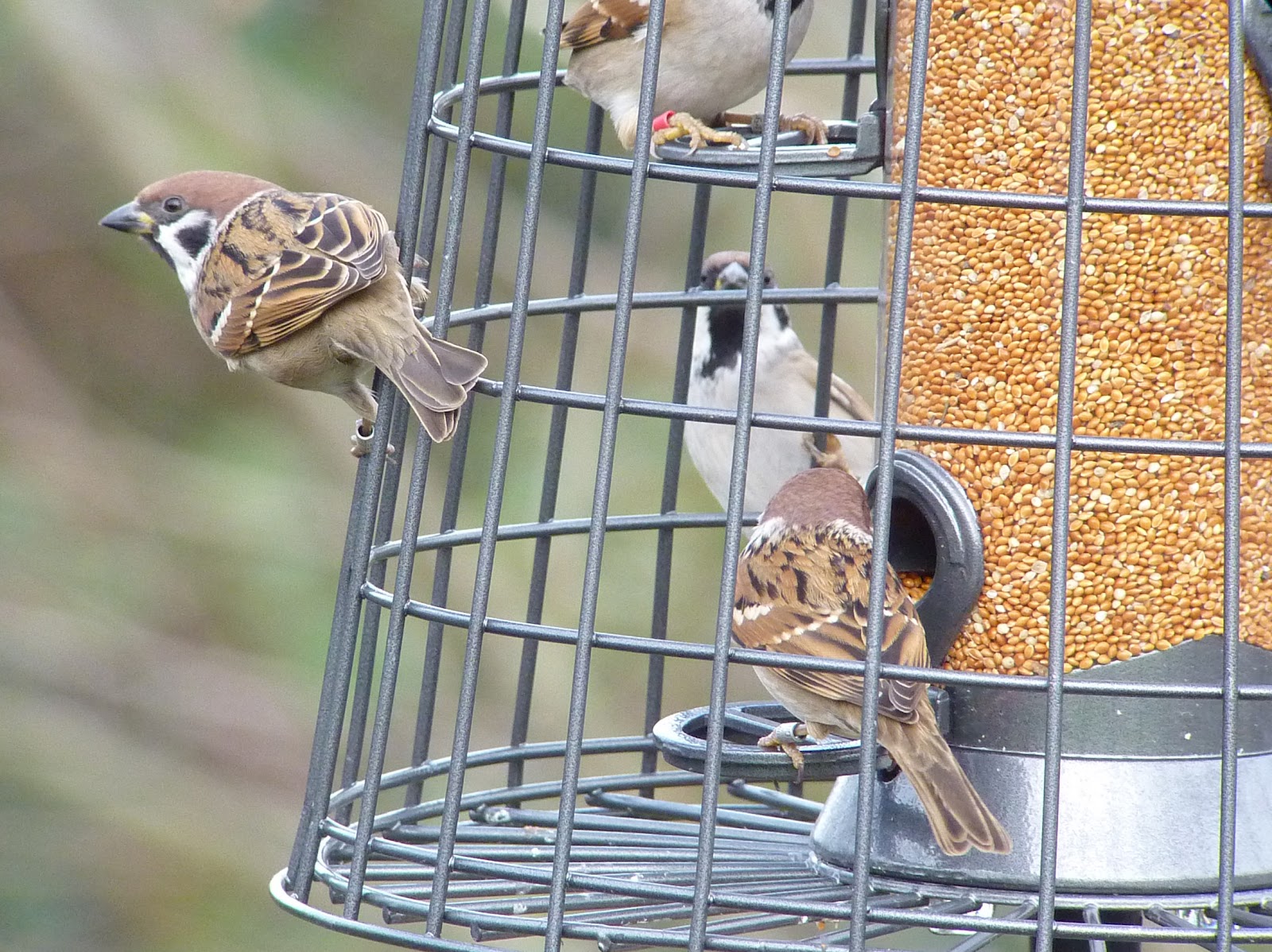To tell it like it is, or not...
I am grateful to Gavin Haig (Not Quite Scilly) who drew my attention to an opinion piece, penned by Matt Phelps, which appeared in the November issue of 'Birdwatch' magazine, entitled 'Positive Approach', which I have now read. In it, he suggests that there is too much negativity being posted on social media regarding the state of our birding world, which is then acting as a deterrent towards a younger generation in adopting conservation and wildlife study. He also suggests that a lot of this negativity is being generated by older birders, and that these old timers keep banging on about the 'good old days' which isn't helpful in encouraging the youth to pick up a pair of binoculars and get out into the field. Does he have a point?
Now, I am undeniably an older birder, and I am also guilty of having posted, blogged, written and spoken about the slump in bird and invertebrate numbers. I also like nothing better than to revisit my notebooks and share in the highlights from the past. Am I guilty of frightening off the next generation of birders?
It made me think about when I first started birding some 50 years ago (and before Matt stops reading, this isn't about some glorious day back in time when all was in black-and-white and the vast number of birds blotted out the sun). Were there similar bad news stories around that may have acted as a deterrent to me? Well, yes there were. Through the medium of print I was aware that Sparrowhawks were at a low ebb due to DDT poisoning thinning egg-shells and compromising successful breeding outcomes; that Wrynecks and Red-backed Shrikes had only, just a few years before, been regular breeding species but had now come to the point of extinction in the UK; that Common Whitethroats had been decimated by conditions in the Sahel during 1969; that 1975 had been a brilliant autumn for rarities and that I really should have been around in the 1960s to witness the massive falls enjoyed on the east coast. Did any of that put me off and snuff out enthusiasm? No it didn't, not a bit. It made me aware of how precarious bird numbers could be, that weather played a part in this as much as man-made obstacles and when I read about those great falls or screaming rarities it inspired me. I wanted to rush out, not retreat into my shell. It was almost as if I had been passed an ornithological baton to run with - "here you are, this is the current state of play, now go and investigate the future..."
Is it right to sugar-coat the current state of play, to look the other way or to dumb-down on the undeniable crisis in our wildlife to save upsetting the youngsters? I don't think that they need to be spared from the truth by a softly-softly approach to our social media discourse. They are brighter than that. They already get it. And, it mustn't be forgotten, the old farts who doom-monger also big up the success stories - even if many of these are the products of climate change and reintroduction programmes - we all get behind the genuine winners, such as Peregrines, Common Buzzards and Ravens, telling the 'youth' in our posts/tweets how, years ago, we had to drive miles westwards just to hope to get a glimpse of one.
There are areas of concern regarding how the recruitment of our youth into natural history study is compromised. We could start with education that they do not receive in infant and junior schools and work on from there - far more of a hazard than some old boy typing on a keyboard about the Tree Sparrows of his youth and how he doesn't see them any more...
I do get where Matt is coming from and understand that an opinion piece is just that. In this instance I am not sure that such wording is putting youngsters off from spending time with birds. If they are reading such negative stuff then they have already made the choice to be a part of this world - and, as I earlier mentioned, they are far cannier than to be put off by that.



Comments